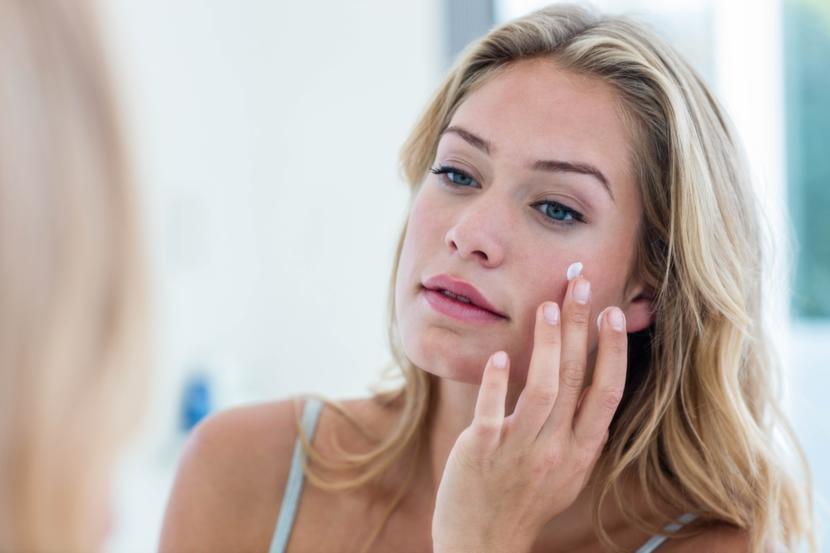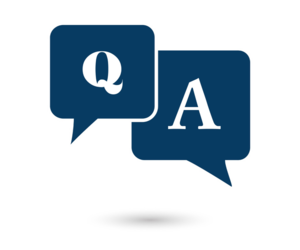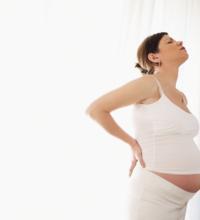What Is Rosacea: Get the Facts

Rosacea is a common skin condition that affects mainly women. It is more common among females above 30 years of age. Roughly about 16 million people in the United States are affected by rosacea, and about 45 million worldwide.
It is a skin condition that mainly affects the face: a red rash appears on the cheeks, nose, and forehead. Rosacea is a disease of flare-ups and remissions. Unfortunately, there is no cure found for rosacea, but luckily, several methods are available to control the symptoms and lead a normal life without social embarrassment.
Different Types of Rosacea
There are four different types of rosacea and they have a different set of symptoms. However, it is normal for you to have more than one subtype simultaneously. The four subtypes of rosacea are:
- Erythematotelangiectatic rosacea (ETR) - This is the first type of rosacea and also the mildest form. It is characterized by flushness, persisting facial redness, and visible blood vessels on the face.
- Papulopustular or Acne rosacea - This is a more advanced form of rosacea and it is characterized by redness, swelling, and bumps, similar to pimples on the face, giving an analogous appearance as an acne breakout. Therefore, this form of rosacea is often misdiagnosed and treated as acne. For this reason, it is also known as acne rosacea.
- Phymatous rosacea - also known as rhinophyma, is a rare but very severe form of rosacea. In this subtype, the skin over the nose becomes thickened, giving a bumpy and an enlarged appearance.
- Ocular rosacea - affects your eyes. It causes redness, dry, burning, and stinging eyes.
The features of each and every subtype vary, but it is not rare to have one or more subtypes at the same time.
What causes Rosacea?
Although the exact cause of rosacea is not yet known, experts believe that both hereditary and environmental factors have a huge role to play in its pathogenesis. Some things can worsen your symptoms and they include:
- Spicy foods
- Alcoholic drinks
- Helicobacter pylori infection
- Cathelicidin – a protein that protects your skin from infections
Who are at risk of developing rosacea?
Women are at a higher risk of developing rosacea, but men with rosacea are more likely to have severe symptoms compared to women. It is also more frequent among fair-skinned people, and those with a family history of rosacea. The most commonly affected age group is between 30 to 50 years old.
Diagnosing and Treating Rosacea
Rosacea is simply diagnosed by a thorough physical examination. There is no cure for rosacea, but there are several treatment methods available to keep your symptoms under control. They include:
- Creams and gels - metronidazole cream/gel and azelaic acid cream/gel can be applied on the face.
- Oral antibiotics – these are taken to reduce the inflammation. Tetracycline, doxycycline, and erythromycin are the commonly used antibiotics for rosacea.
- Laser and Intense Pulsed Light (IPL) treatment – these methods effectively reduce facial redness and it has minimal side effects.
Other simple methods that can help to reduce and control the symptoms are:
- Avoiding being exposed to sunlight.
- Applying sun screen if you are going out in the sun.
- Taking eye medications for ocular rosacea.
- Using gentle cleansers and oil-free skin products.












